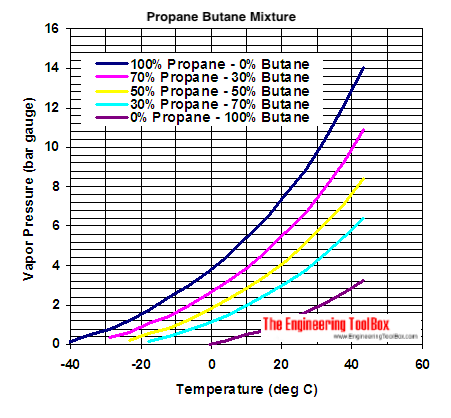good and underrated question...
Out of sight, out of mind. An inconvenient truth that gets buried.
Marketing - like everything else.
good and underrated question...
You are mixing up LPG (liquified petroleum gas, aka propane) and CNG (compressed natural gas, aka methane).for 8k€ you can buy here decent 2nd hand car.
45l (11.8 us gal) since it has 3cyl sewing machine under hood, it can have similar mileage like (nonplugin) prius.
pocket size engines are mainstream in europe. more or less they always have been.
exhaust pipes like cola straws, and valves like child teaspoons.minimalism at the best.
2cv had 2 pistons, i have 3. what´s not to like. lol
https://www.auto-data.net/en/citroen-c3-iii-phase-i-2016-1.2-puretech-82hp-lpg-27547
Propane is a gas at standard temperature and pressure. It is also heavier than air, which can make it more dangerous since it will settle to low spots and linger if there is no air movement.You are mixing up LPG (liquified petroleum gas, aka propane) and CNG (compressed natural gas, aka methane).
LPG is liquid in room temp, they do not have very high pressure, they are about the same as your refrigerant in your AC, they do not explode if you are not careful but they might catch fire. Because it is a liquid the energy density is high. Because it is a liquid it is valuable as a fuel to be transported and traded all over the world. It is fast to fuel because it is a liquid and it is relatively low pressure.
CNG is a gas in room temp, so the energy density is low unless you compress it to ridiculous high temperature. IT WILL EXPLODE if you puncture it near a fire instead of just slow burn like a stove. This is why a certified CNG tank, like the one in Civic GX, is only for 10 years and if you want a replacement and recertified process, plus insurance, it will cost 8k to 10k and people just junk those cars. NG aka methane is a byproduct in the US oil pump during fracking, and they are sold at very low price, sometimes so low it is not worth pumping them to the network and be sold as home heating and water heating fuel, they just flare it at the well instead. It is slow to fuel because it is very high pressure, as I said it takes about 20 mins to pump a near empty CNG passenger car to near full.
So, back to the original statement of CNG being the only viable fuel source for US. It is not for small passenger vehicles. It may be ok for a bus, a garbage truck, but not for passenger car. This is why you do not see gas station with CNG pump, only municipal stations that service garbage truck, public bus, government cars, etc. Nobody wants to be stuck in the gas station for 20 mins, gas station will go bankrupt or charge you a bad price.
Propane conversion is cheap, you just need to have a high compression (or turbo) and you adjust the air fuel ratio and ignition timing to match what works well for propane efficiently. Then you connect the fuel line to a propane line and then to a propane tank in the trunk. You can even do a propane tank adapter and just swap propane tank with cooking and BBQ propane tanks too, if regulation allows.
I’ve seen exactly the opposite, municipal is propane, little cars are CNG.So, back to the original statement of CNG being the only viable fuel source for US. It is not for small passenger vehicles. It may be ok for a bus, a garbage truck, but not for passenger car. This is why you do not see gas station with CNG pump, only municipal stations that service garbage truck, public bus, government cars, etc. Nobody wants to be stuck in the gas station for 20 mins, gas station will go bankrupt or charge you a bad price.
Propane conversion is cheap, you just need to have a high compression (or turbo) and you adjust the air fuel ratio and ignition timing to match what works well for propane efficiently. Then you connect the fuel line to a propane line and then to a propane tank in the trunk. You can even do a propane tank adapter and just swap propane tank with cooking and BBQ propane tanks too, if regulation allows.

exactly. same stuff inside (butane)Propane is a gas at standard temperature and pressure.

